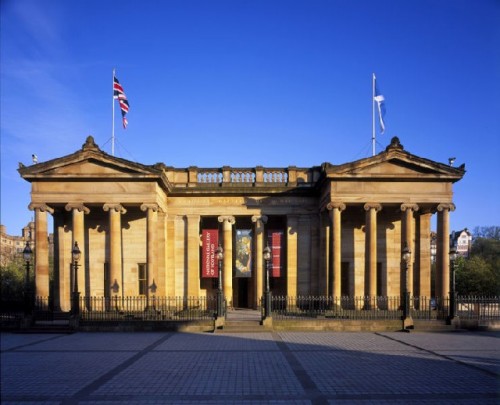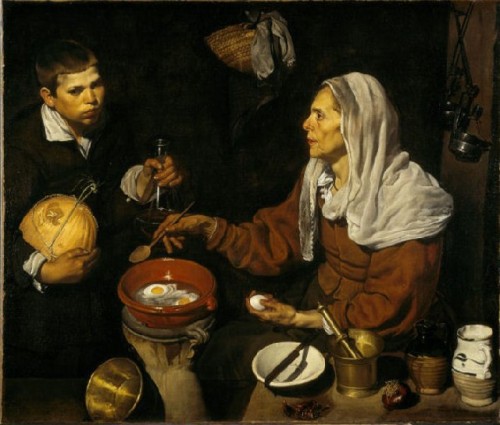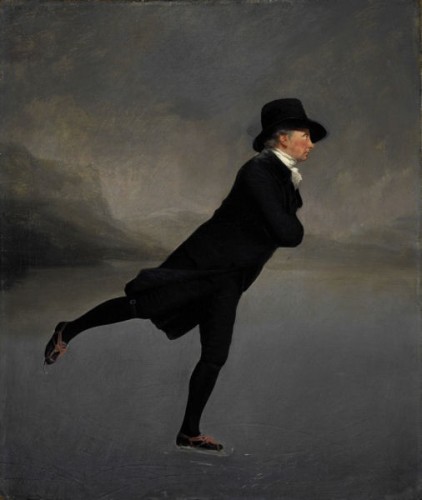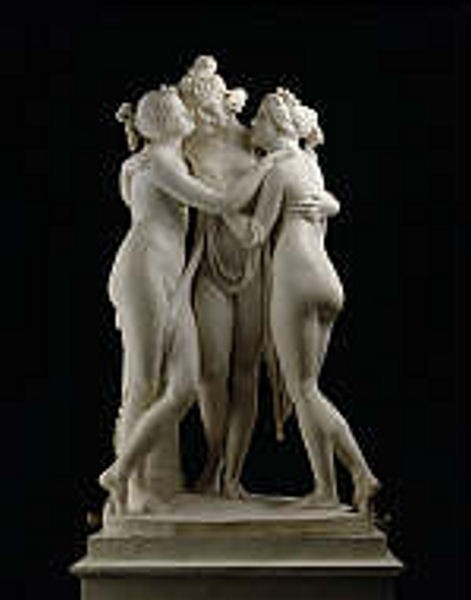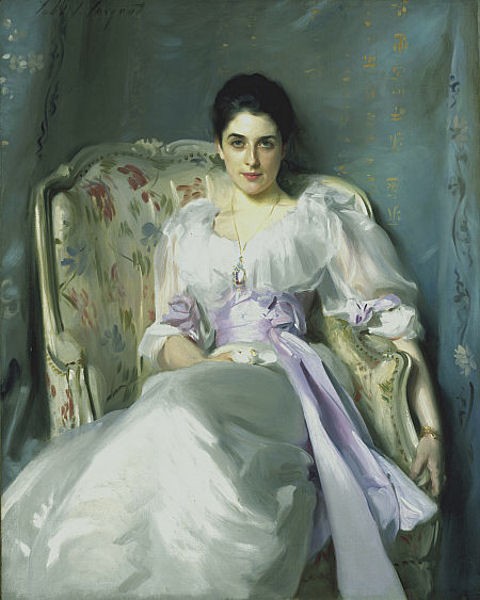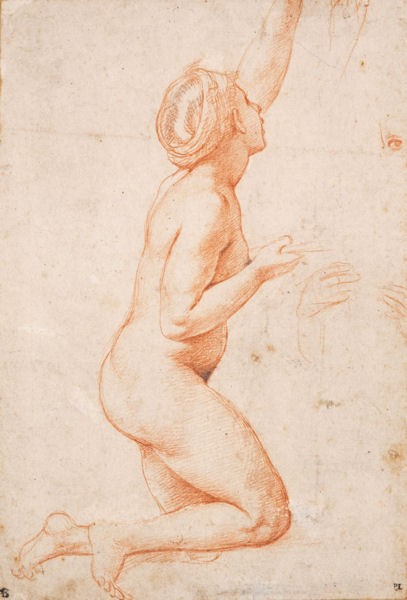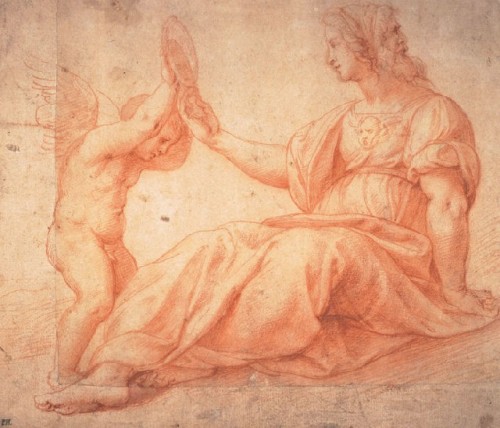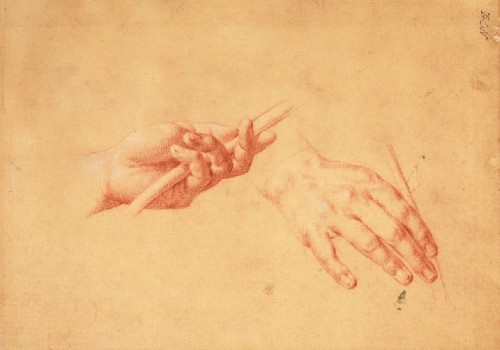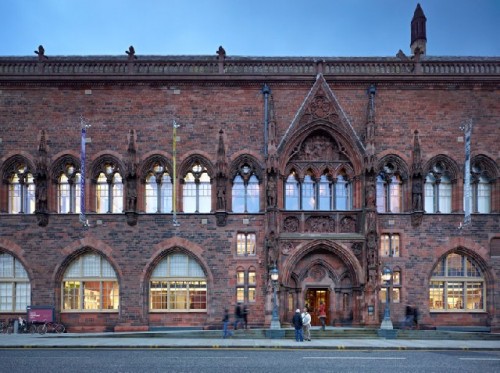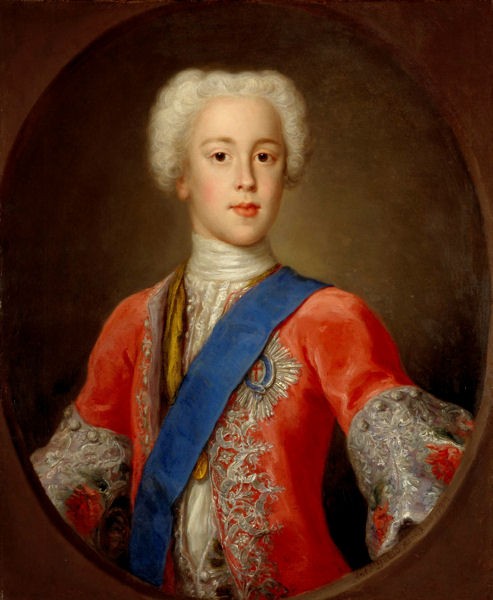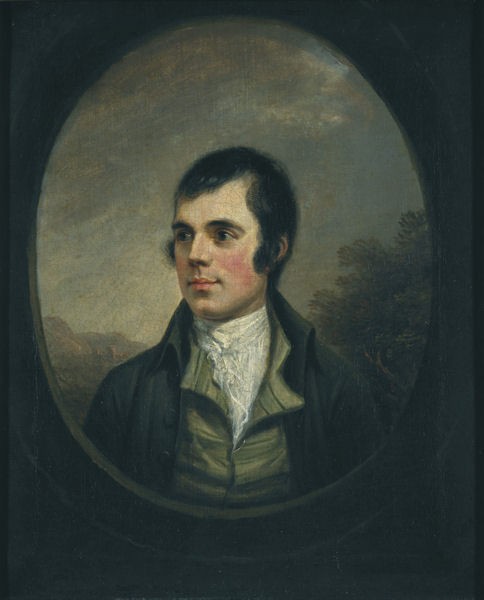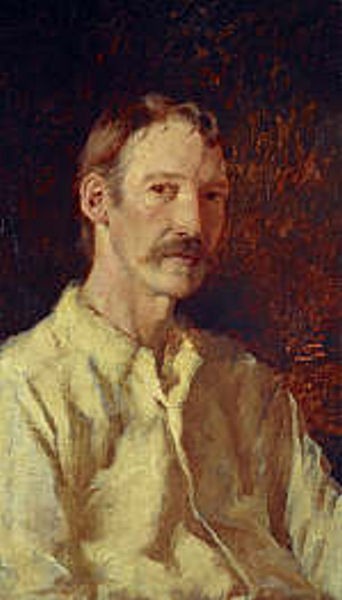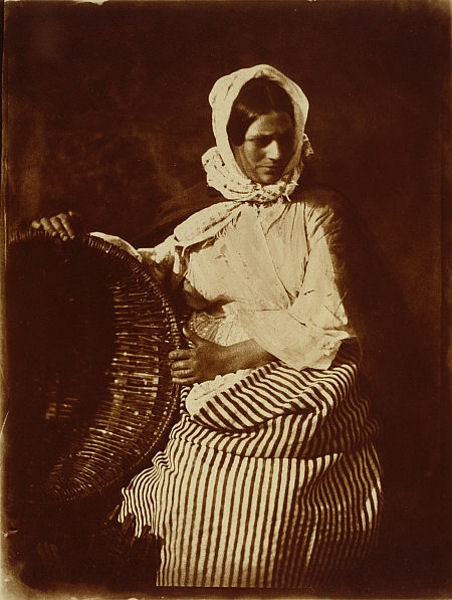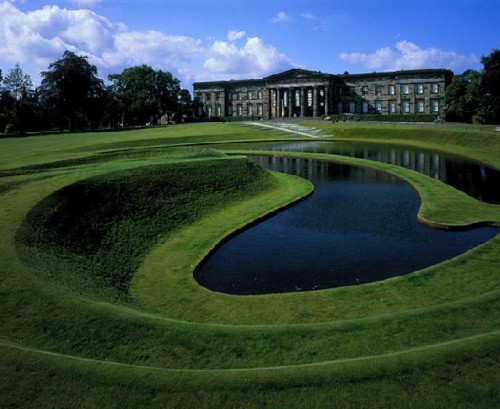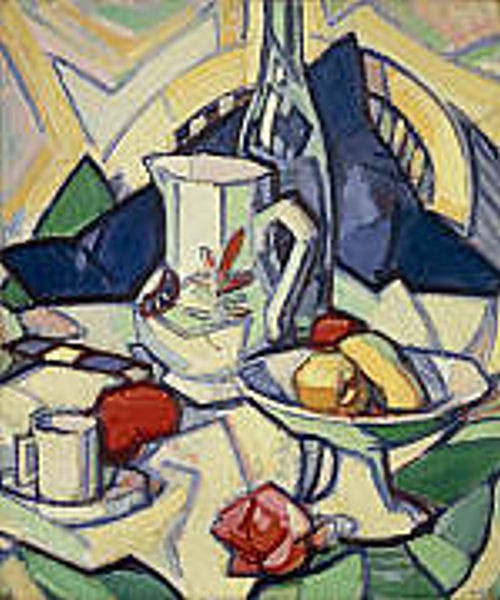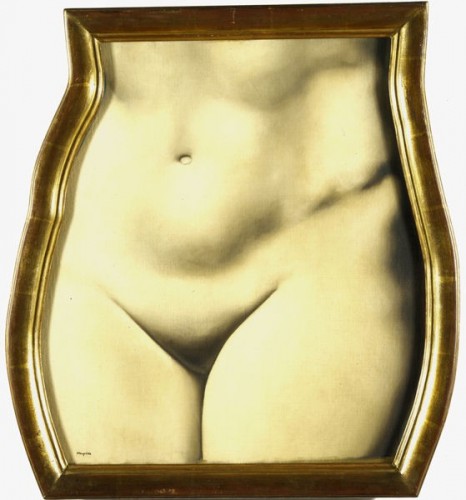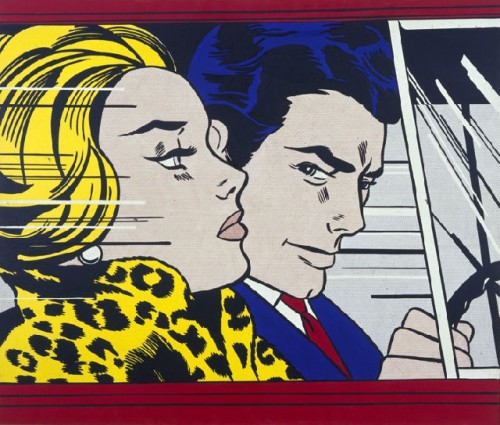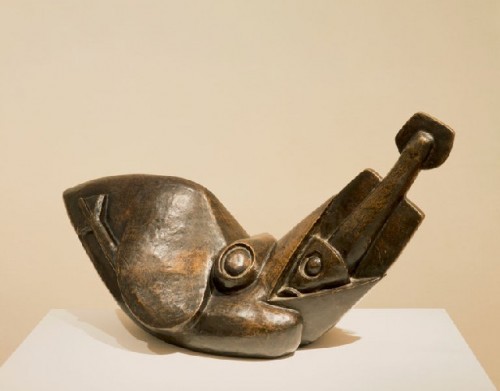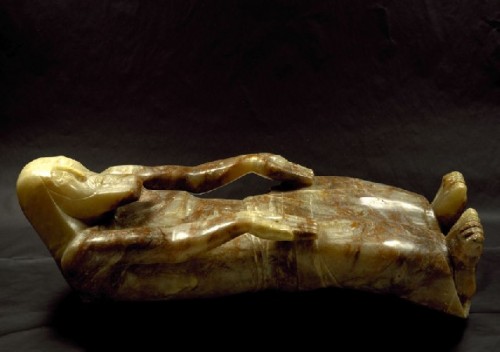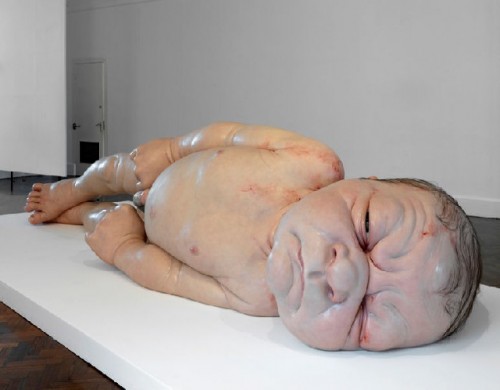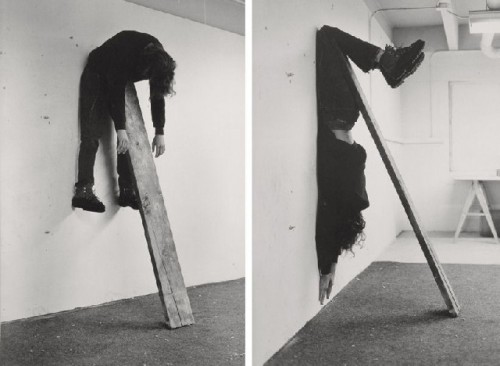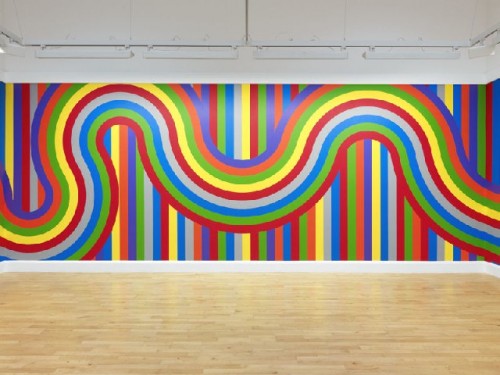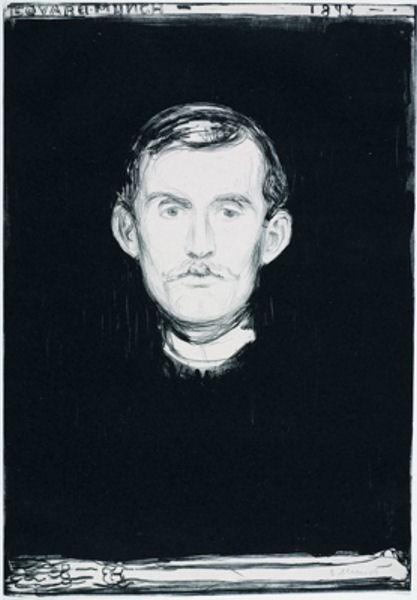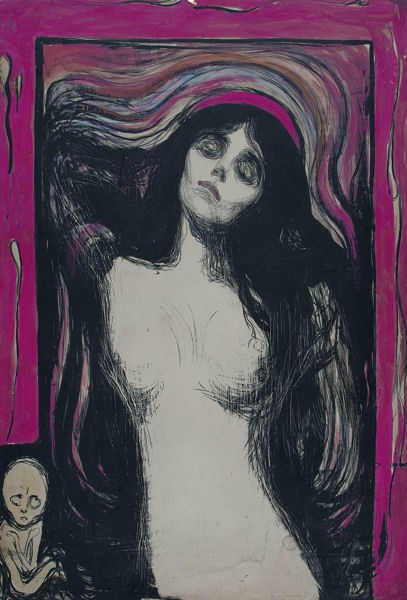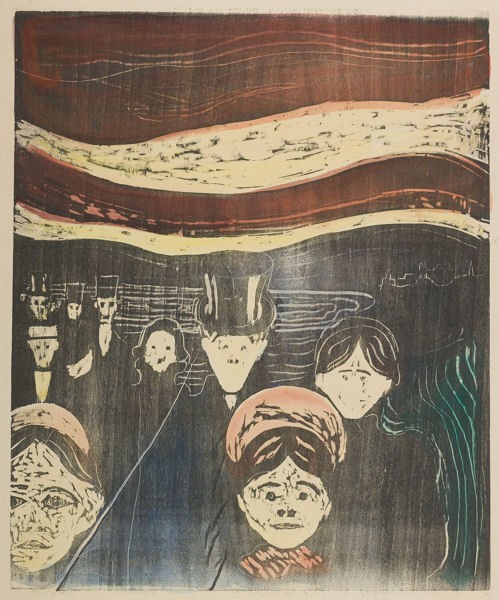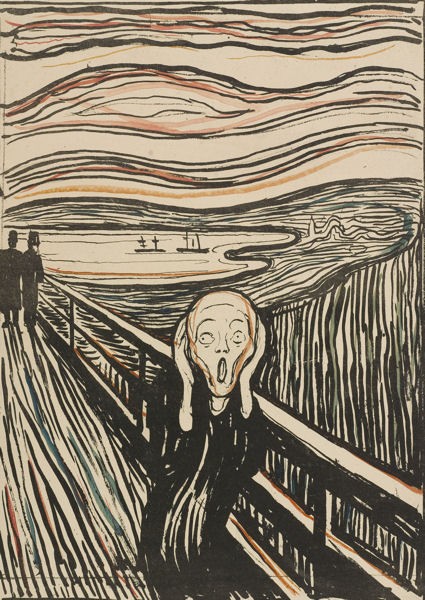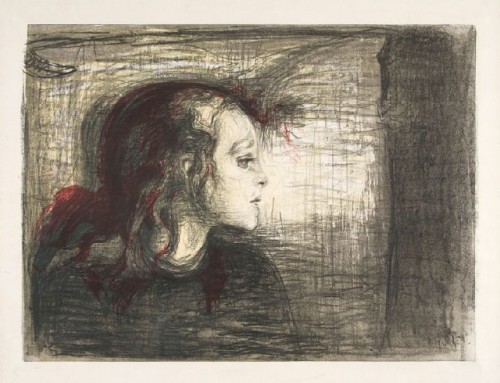Treasures of Edinburgh
Scottish National Galleries
By: Zeren Earls - Jun 13, 2012
Edinburgh has an impressive collection of Scottish and international art housed in three sites across the city. The three sites — the Scottish National Gallery, the Scottish National Portrait Gallery, and the Scottish Gallery of Modern Art — are open daily and admission is free. Visiting these galleries over two days was a feast for the eyes as well as a refresher course in art history.
Within an elegant neoclassical building, the Scottish National Gallery houses a collection ranging from the 13th through the 19th century, including works by Raphael, Titian, El Greco, Velázquez, Rembrandt, Rubens, Watteau, Tiepolo, Canova, and many of the Impressionists and Postimpressionists. The Gallery also contains a comprehensive collection of Scottish art from the 17th to the 19th century. Among the must-see masterpieces are Rembrandt’s Self-portrait at age 51, Sir Henry Raeburn’s Reverend Robert Walker Skating on Duddington Loch, and John Singer Sargent’s portrait of Lady Agnew of Lochnaw. Canova’s Three Graces, a representation of the three daughters of Zeus in white marble, evokes palpable flesh out of cold stone — simply exquisite.
Two special exhibitions in the Gallery are entitled Red Chalk: Raphael to Ramsey and Masterpieces from Mount Stuart: the Bute Collection. The former showcases a diverse range of drawings by artists working in the medium of red chalk — a form of volcanically modified, highly compressed red-brown clay, or hematite, first used in the late 1400s in Italy. The display, spanning 500 years, shows how artists have exploited the unique nature of red chalk for producing distinctive effects not achievable by any other drawing medium. Red chalk has a translucent, glowing beauty and creates smooth tones and contours when blended with water and applied with a brush or pen nib; sharpened to a point, it creates fine lines. The collection starts with Raphael’s A Kneeling Nude. Later works include Figure Studies by Caravaggio and Rubens, which combine red chalk with thin brushwork and Watteau’s Studies of Two Gentlemen Standing and a Lady Seated, the latest acquisition. The exhibition historically concludes with Ramsey’s drawings.
Masterpieces from Mount Stuart: the Bute Collection is a display of nineteen Dutch, Flemish, Early Netherlands, and French Old Master pictures, featuring landscapes, portraits, and scenes of everyday life. The Bute Collection was primarily assembled in the late 18th century by John Stuart, Third Earl of Bute and Prime Minister to George III. It was regarded as the best collection of Dutch and Flemish pictures assembled in Britain before the French Revolution. Since the 19th century, the collection has been housed at Mount Stuart on the Isle of Bute in the West of Scotland.
The Scottish National Portrait Gallery is a newly refurbished, distinctive red sandstone building, which houses a large collection of historical and modern portraits, comprising paintings, sculptures, prints, drawings, and photographs. A glass lift takes visitors up through the heart of the building to a magnificent suite of top-lit galleries on the upper floor, where the journey begins. Displaying an epic expanse of Scottish history, the galleries proceed chronologically from the turbulent Reformation of the 16th century, through the great industrial and social changes of the 19th century to the present day, while focusing on various themes and subjects.
Individual portraits ranging from Mary, Queen of Scots to modern actors and actresses celebrate all aspects of Scottish life, including great thinkers, inventors, scientists, poets, and writers, many of whom have transcended national boundaries, such as David Hume, Allan Ramsey, Adam Smith, Robert Burns, Sir Walter Scott, Queen Victoria, Thomas Carlyle, and Robert Louis Stevenson. Walking through the galleries underscores the contributions of Scottish pioneers without whom our lives would be unimaginable. Think of a world without the invention of the steam engine, television, anesthetic, or penicillin, or how much duller our imaginations would be without Dr Jekyll and Mr. Hyde or Peter Pan.
The middle floor brings visitors into the 20th century and beyond, with displays focusing on the people and issues which produced modern Scotland. One such display is Migration Stories, which includes family portraits of immigrants who have achieved prominence in various fields in their new homeland. Also on the same floor are portraits of Pioneers of Science, including those at the Roslin Institute of the University of Edinburgh, where Dolly the sheep was the first mammal cloned from an adult cell. A sculpture of Dolly is included in the exhibition.
The Photography Gallery is dedicated to showcasing the museum’s holdings of Scottish and international photography, as well as newly commissioned work by contemporary photographers. These photographs are integrated into many of the displays. The Contemporary Gallery on the ground floor brings the story up to date, with installations and displays of portraits from the collection as well as new acquisitions.
The Scottish Gallery of Modern Art is the youngest partner in the trio of galleries making up the National Galleries of Scotland. The three galleries, which are funded by the government, share the same Director and Board of Trustees, but have separate Keepers. The Scottish Gallery of Modern Art is housed in two buildings, Modern One and Two, situated across the street from one another in Edinburgh’s West End. Modern One is in a neoclassical building with extensive grounds, which is ideal for the siting of large sculptures. Its collection spans a period from about 1890 to the present day. The earliest painting in the collection is Vuillard’s The Chat (c. 1892).
The Gallery’s collection includes masterpieces by German Expressionist painters — Kirchner, Jawlensky, and Nolde — as well as major postwar artists, including Dubuffet, Karel Appel, and Nicolas de Stael. The French modern artist Léger’s Woman and Still Life (1921), Picasso’s still life The Soles (1940), as well as a Surrealist work by André Masson are highlights of the collection. Noteworthy works include a landscape painting by André Derain dating from the early stages of Fauvism, a bronze Cubist sculpture by Jacques Lipchitz, Braque’s Cubist painting The Candlestick; Henry Moore’s early sculpture The Helmet and Miró’s painting Maternity. In addition, paintings and drawings by Dalí, Delvaux, Ernst, Man Ray, Magritte, Picasso, Delaunay, Léger, Balthus, and Francis Bacon highlight the important movements of the modern era, drawing attention to the collection’s strength in Dadaist and Surrealist works.
Miró’s Head of a Catalan Peasant (1925) wittily depicts a bearded face surmounted by a distinctive red cap, reflecting the artist’s involvement with the Surrealists, who were interested in dream imagery, myth, and the unconscious. This new style of painting, which ignored conventions of gravity and embraced chance, had an enormous influence on postwar art in the United States as well as in Europe. Two major pieces by American artists in the Modern Gallery’s collection are Duane Hanson’s Tourists and Lichtenstein’s In the Car.
The Sculpture Show is a special exhibition which uses the Modern Gallery’s collection to explore the development of sculpture over the last 110 years. Some 150 works by artists from Rodin to Damien Hirst provide a fascinating overview of modern and contemporary sculpture. The show takes over both floors of the Gallery’s main building, and also extends into the grounds, where a recent work by Roger Hiorns has been installed on Charles Jencks’s Landform. The sculpture is comprised of two decommissioned aircraft engines from the US Air Force, and joins an array of sculpture on permanent display on the grounds of the buildings, Modern One and Two.
The exhibition begins with collages, reliefs and assemblages made by Cubist, Surrealist and Constructivist artists in the early 20th century, including masterpieces by Picasso and Man Ray. Other highlights from the first half of the century include Impressionist sculptures by Dégas and Rodin, as well as works by Barbara Hepworth and Ben Nicholson. Ron Mueck’s monumental work A Girl (2006) is the centerpiece of the show. This 5-meter mixed media sculpture of a newborn baby, rendered in great detail on an enormous scale, is part of a display devoted to Super-realist sculpture, which includes Duane Hanson’s celebrated Tourists. Other rooms illustrate the impact of Surrealism on sculpture of or about the human body, including works by Duchamp and Giacometti.
The upper galleries explore ways in which the definition of the art form has expanded in the last 50 years. The displays feature works by Joseph Beuys, Donald Judd, Ian Hamilton Finlay, and Bruce McLean, as well as new works by the Italian artist Michelangelo Pistoletto. The Way Things Go by Peter Fischli and David Weiss brings film and video into the Sculpture Show; this 29-minute film features a large kinetic sculpture which comes to life in a 100-foot-long chain reaction.
American Minimalist artist Sol LeWitt’s Wall Drawing #1136 (2004) covers three walls of a room and reaches 22 meters in length. The work, which took a team of eight people a month to complete, is a vibrant world comprising 149 vertical bands hand-painted in an irregular sequence of primary and secondary colors and intersected by a sweeping curved form which snakes around the room.
Edvard Munch: Graphic Works from the Gundersen Collection is a special exhibition requiring an admission fee (7 Scottish pounds). Featuring 60 master works on paper by the celebrated Norwegian artist, the lithographs and woodcuts, primarily dating from 1895 to 1902, include many of the motifs that Munch grouped into a series entitled “The Frieze of Life,” which focused on universal concerns of love, anxiety, and death. The prints are grouped under different headings. A section entitled The Modern Life of the Soul includes Self-portrait with Skeleton Arm, Woman with Red Hair and Green Eyes, and Madonna. Different versions of the subjects alongside each other show how Munch used color, both added by hand and in the printing process, to emphasize the drama of his image. A lithograph of Madonna is one example.
The second grouping is called Anxiety of Life and Death. A lithograph of The Sick Child, based on the death of the artist’s sister, is in this section; three different versions are shown side by side. This section also includes an iconic hand-colored version of The Scream. In a grouping entitled The Lonely Ones, the display includes three versions of Melancholy III, Moonlight, Two Women on the Shore, and The Girls on the Bridge. The final section is entitled Munch and Scotland. This is a special display focusing on the history of Munch’s first solo exhibition in the UK, which was held in Edinburgh in 1931. Munch’s influence on Scottish artists, as well as artists working across Europe, is displayed in the downstairs galleries, which includes paintings and prints by Max Beckmann, Otto Dix, Kirchner, and Kandinsky.
The Munch exhibition is on until 23 September 2012.

